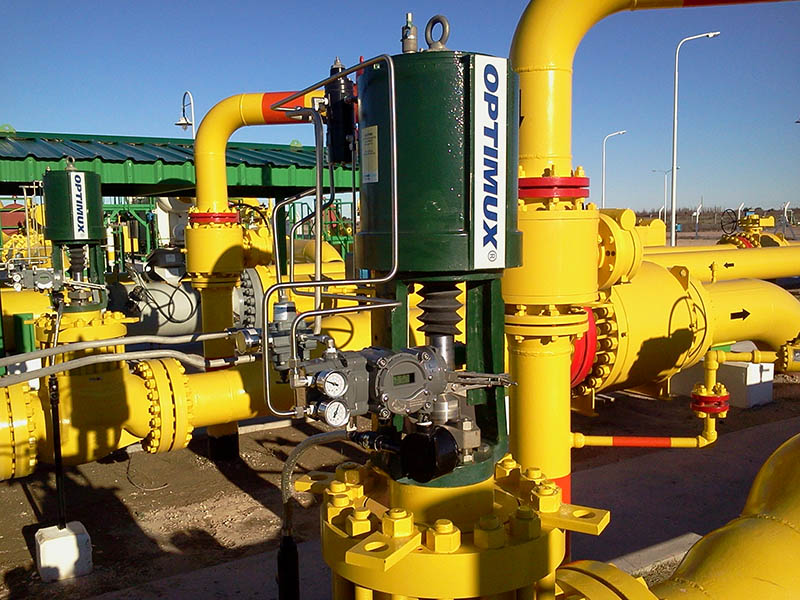Here’s why your control valve needs a quality piston-cylinder actuator
Much like a car needs an engine, control valves require actuators to operate. The valve and its trim control the flow, pressure, or temperature of your industrial process, but it’s the actuator that facilitates the open and close mechanism that makes this possible.
Both components work in concert as an integrated unit. So it’s important to choose robust products that perform well and have a long lifespan.
We’ve already written about the importance of selecting a high-quality control valve. So, today, we’d like to focus on choosing the right actuator to accompany it.
In this article, we’ll examine why quality matters before discussing the benefits of a piston-cylinder actuator.
Why quality matters and how to make your choice
For your critical applications, the type of actuator you choose and the quality of its build is incredibly important. Why? Because low-grade products will often have a reduced lifespan, meaning more frequent and costly downtime.
Actuators that lack appropriate stiffness may suffer from “plug slamming”, which can result in premature breakages. In addition to this, low thrust and stroke capabilities — often seen in diaphragm actuators — can result in less reliable shut-off. These issues are only exacerbated when you consider the nature of severe service applications. To withstand corrosive environments and extreme temperatures, your actuator must also be built with highly resilient materials.
So, when choosing an actuator for your control valve, you need a product that’s efficient, robust, and easy to maintain. This benefits not only your business and its bottom line but your technicians’ day-to-day jobs too.
With that in mind, we’d like to introduce you to the piston-cylinder actuator.
The benefits of a quality piston-cylinder actuator
Piston-cylinder actuators boast higher performance and thrust capabilities when compared with diaphragm actuators. This allows for more precise movement and high-frequency response.
To illustrate the advantages, let’s assess the benefits of Trimteck’s **OpTK™ Linear Piston-Cylinder Actuator. These include:
- Tighter valve shut off. With an operating pressure of up to 150 psi, this actuator maintains a high thrust rate, ensuring a more reliable shut-off.
- Easier maintenance. Our OpTK™ Linear Piston-Cylinder Actuator is lightweight and compact. It’s also simple to install and maintain.
- Versatility. We provide standard actuator sizes 25, 50 and 100 that will handle thrust requirements for over 95 percent of process applications. For special applications, we can also create custom sizes.
- Precise operation and stiffness. Powerful pneumatic stiffness allows for a high-pressure drop without plug slamming.
- Fail-safe mechanisms. In the event of an air system failure, the internal spring provides fail-safe operation to ensure shut off.
- Field reversibility. Should your process or requirements change the direction in which you’d like the valve to fail, you can switch the OpTK from fail open to fail closed, or vice-versa. You can do this in the field and often without the need for additional components.
- Durability. Built from high-quality materials, these actuators are less likely to suffer from premature breakages.
Ultimately, a quality piston-cylinder actuator ensures your industrial processes run precisely, efficiently, and without fault. This reduces the time and costs associated with breakages and replacements.
If you’d like to learn more about our OpTK™ Linear Piston-Cylinder Actuator, please get in touch with the Trimteck team.


